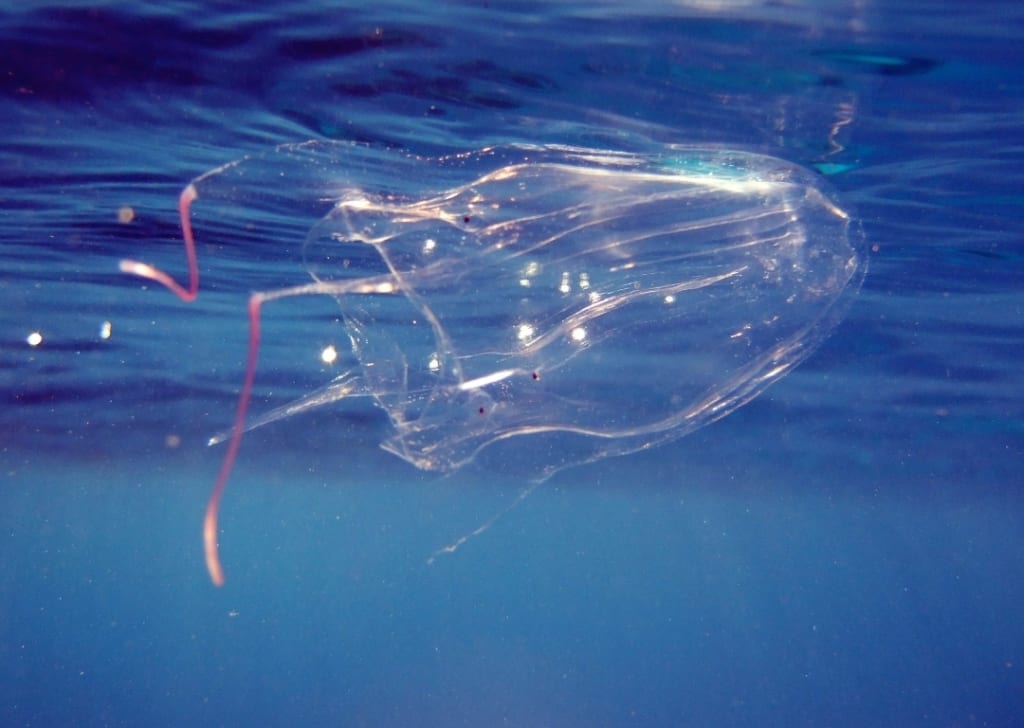Sea Creatures That Can Ruin Your Trip
When planning a seaside adventure, it's essential to be aware of the marine life that could turn your trip into a nightmare. From ancient predators to venomous creatures, here are some sea dwellers you should steer clear of.

The Pacific Lamprey: An Underwater Vampire
Deep in the ocean lurks a creature that would make Dracula proud: the Pacific Lamprey. This eel-like parasite has been around since before dinosaurs roamed the Earth. Lacking bones and a jaw, it still manages to hunt effectively. With a sucker mouth surrounded by teeth, it latches onto prey and sips their body fluids like an underwater vampire.
The Pacific Lamprey has a storied history, even influencing English royalty. One monarch loved this fish so much he defied doctors' orders to stop eating its flesh, which led to severe illness and ultimately his demise. Despite this, lampreys have survived at least four mass extinctions, evolving over 450 million years.
The Australian Box Jellyfish: A Deadly Swimmer
Seemingly harmless, the Australian box jellyfish is the most venomous marine animal. Unlike other jellyfish that drift with the current, this one swims and can reach impressive speeds. Its tentacles are covered with tiny, poison-loaded darts. A sting can cause excruciating pain and even be fatal within minutes.
Out of around 50 species, only a few have venom lethal to humans. The most dangerous ones are found in the Indo-Pacific region and northern Australia. While some species are less harmful, it's best to keep a safe distance.
The Blue-Ringed Octopus: A Tiny Terror
Despite its cute appearance, the blue-ringed octopus is extremely dangerous. Found in sandy bottoms, tide pools, and coral reefs, it uses color-changing organs to display blue rings as a warning. Its venom is a thousand times more potent than cyanide, used to hunt crabs, shrimp, and small fish.
There is no known antidote for its venom, so avoiding this creature is crucial. It typically won't attack unless provoked, but if it does, the bite is painless, making it easy to miss until it's too late.
The Reef Stonefish: Master of Disguise
Reef stonefish are masters of camouflage, blending into rocks, coral reefs, or the seabed. Found in tropical marine waters of the Indo-Pacific, their invisibility makes them dangerous. They ambush and swallow their prey whole. If disturbed, their dorsal spines deliver a venomous sting that can be extremely painful and even lethal if untreated.
The Cone Snail: Beautiful but Deadly
With its intricate shell patterns, the cone snail looks harmless but is far from it. Found on the seafloor, it uses a sharp proboscis to inject venom into its prey, paralyzing it instantly. While humans aren't its typical target, stepping on or disturbing a cone snail can trigger a venomous attack. Only a few of over 700 species can kill humans, but it's not worth the risk.
Sea Snakes: Venomous but Shy
All 52 known species of sea snakes are venomous, with the beaked sea snake being one of the most dangerous. Found in warm tropical waters of the Indian and Pacific Oceans, sea snakes prefer to avoid conflict. Bites are often painless initially but can lead to severe consequences. Most incidents occur accidentally, such as when fishermen free them from nets.
The Blue Dragon: A Tiny but Dangerous Beauty
Blue dragons are small, rarely larger than a grape, and swim belly-up to blend in with the ocean. They feed on venomous prey and store the stinging cells, making them hazardous even after death. Avoid picking up or stepping on these creatures to stay safe.
When enjoying the ocean, awareness and caution can help you avoid these dangerous sea creatures and ensure your trip remains enjoyable.
About the Creator
Enjoyed the story? Support the Creator.
Subscribe for free to receive all their stories in your feed. You could also pledge your support or give them a one-off tip, letting them know you appreciate their work.





Comments
There are no comments for this story
Be the first to respond and start the conversation.